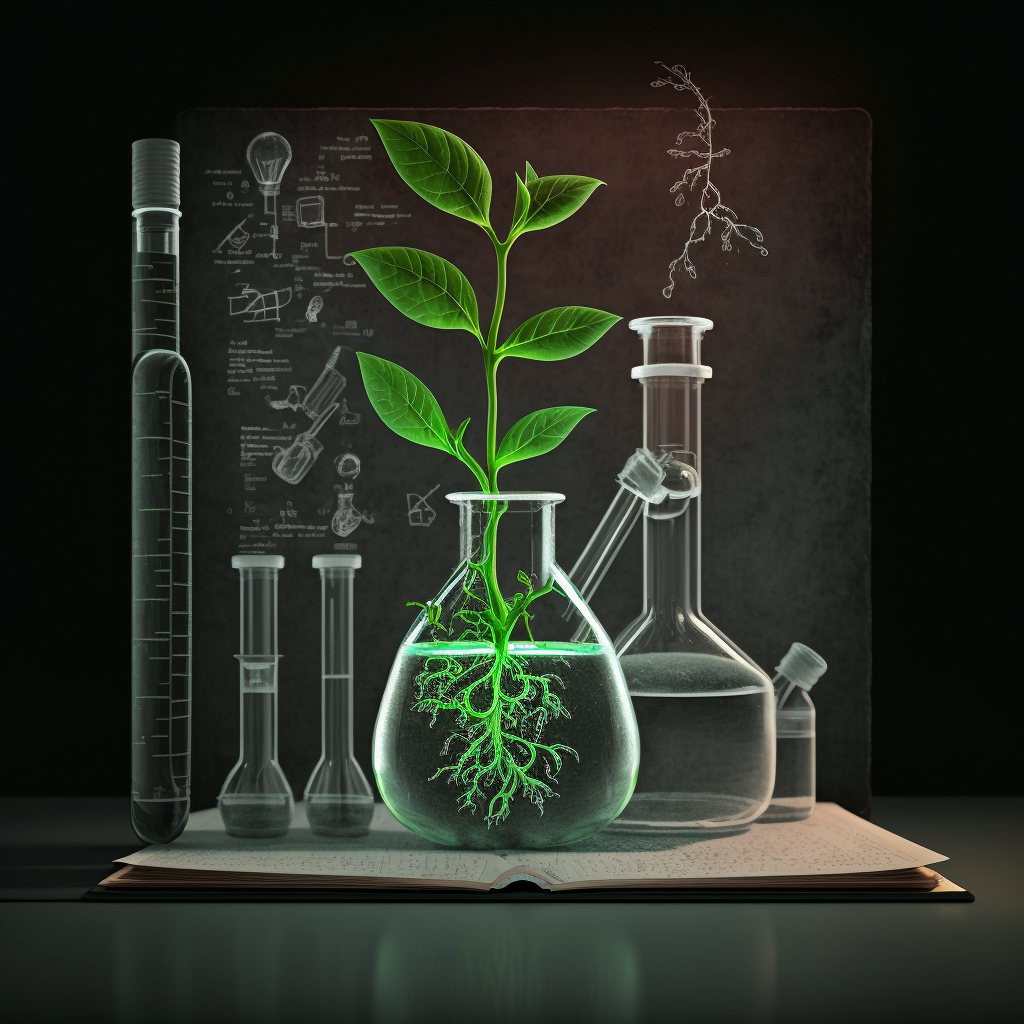Biomimetic coatings are a class of materials that imitate the structure, composition, and functionality of natural systems.
Biomimetic coating
Biomimetic coatings are a class of materials that imitate the structure, composition, and functionality of natural systems. These coatings can provide a variety of benefits, including enhanced durability, self-cleaning properties, and improved biological compatibility. In recent years, biomimetic coatings have received increasing attention as a promising technology for a range of applications, from medical devices to solar panels.
The inspiration for biomimetic coatings often comes from nature. Many organisms have evolved unique structures and coatings that allow them to thrive in their environments. For example, some plants have evolved self-cleaning surfaces that prevent dirt and water from sticking, while some animals have developed skin that can heal rapidly or repel bacteria.
One example of a biomimetic coating is the lotus effect. This phenomenon refers to the self-cleaning properties of lotus leaves, which are coated in microscopic wax crystals that cause water to bead up and roll off, taking dirt and debris with it. Scientists have developed lotus-inspired coatings for a range of applications, including textiles, building materials, and solar panels. These coatings can prevent the accumulation of dirt and grime, reducing the need for cleaning and maintenance.
Biomimetic coatings have the potential to improve the biological compatibility of medical implants. Currently, many implants are made from materials that can trigger an immune response or cause inflammation, leading to implant failure. By mimicking the structure and composition of natural tissues, biomimetic coatings can reduce the likelihood of rejection or adverse reactions.
LipoCoat’s coatings are biomimetic because the technology is directly derived from the phospholipid bilayer membrane that surrounds all mammalian cells. A biomimetic coating offers an elegant solution to several problems that occur due to poor surface properties such as hydrophobicity, low lubricity and proneness to fouling. Because the coating is biomimetic, it is inherently biocompatible. Different properties of the coating can be tailored to meet customer-specific needs such a hydrophilicity, lubricity and anti-fouling properties.
